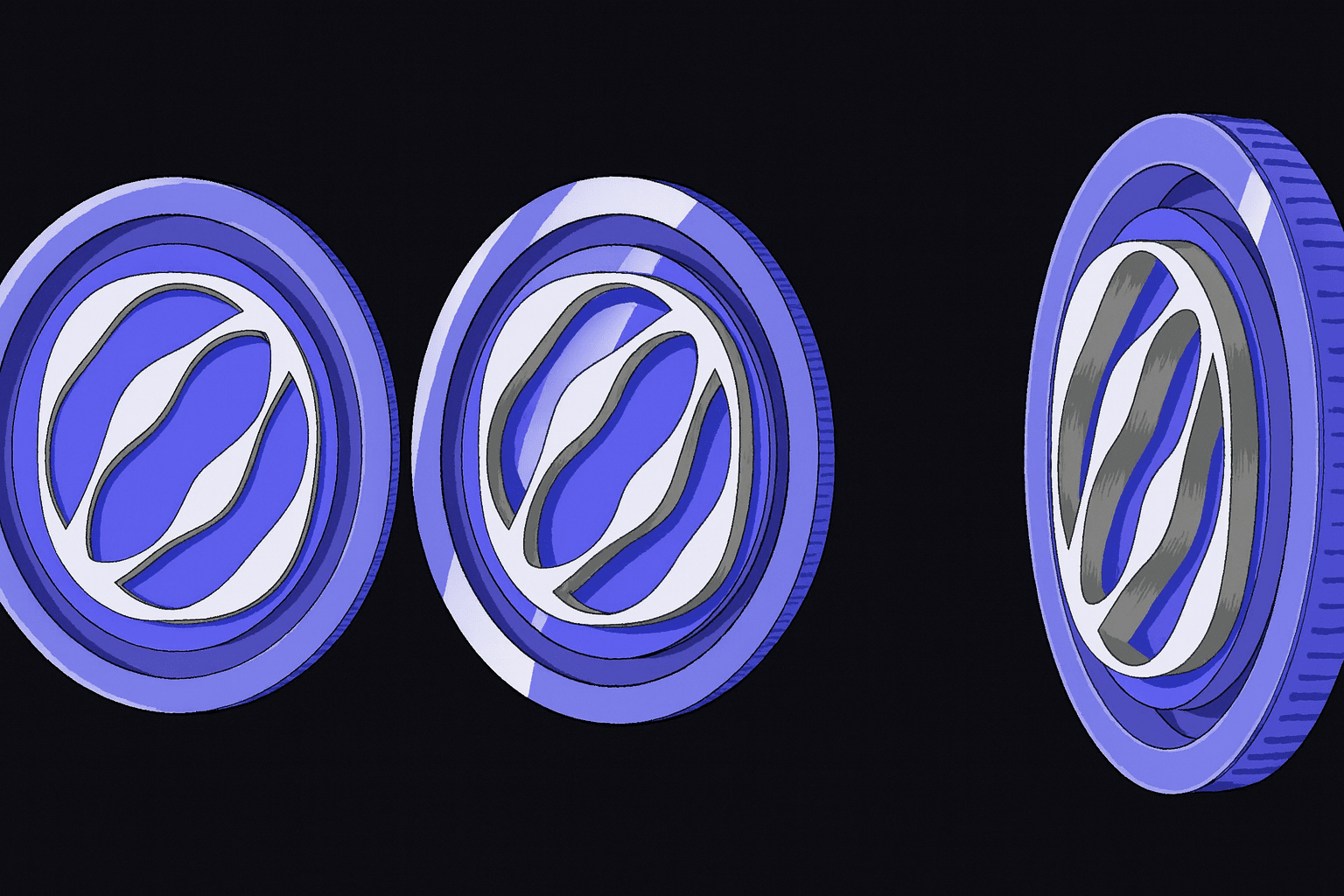@Mitosis Official $MITO and "Hub Assets": Technology for solving the problem of fragmented liquidity
The world of decentralized finance (DeFi) is booming, but this expansion comes with a chronic disease: fragmented liquidity. Hundreds of blockchains, thousands of protocols, and countless digital assets are trapped on separate "islands." Users wanting to move or trade assets often face high fees, security risks from bridges, and a complex experience.
In this context, Mitosis ($MITO) emerges with the vision of becoming the "Google Maps" for DeFi liquidity. The core technology to realize this ambition is Hub Assets – a mechanism that creates an intermediary layer, functioning as liquidity hubs, to unify, optimize, and route capital flows throughout the entire ecosystem.
Problem: The waste and danger of current liquidity
Current DeFi liquidity is "leaking" value:
Bridge Risk: Moving assets between chains (Ethereum ↔ Solana ↔ Arbitrum) through bridges has led to a series of hacks worth billions of USD. Users are forced to place trust in these single points of weakness.
Slippage and Fragmentation: Even within the same chain, liquidity is scattered across many different DEXs. This increases slippage and reduces the capital efficiency of liquidity providers (LPs).
Lack of Connection Standards: Each protocol builds its own mechanisms. There is no common standard, making global liquidity resemble "a transportation network without a common GPS", lacking optimization capability.
@Mitosis Official $MITO Mitosis aims to address the root cause by building a Liquidity Layer – a foundational infrastructure where all capital flows are intelligently directed.
Hub Assets: The standardized transit station of DeFi
Hub Assets can be understood as the central assets in the Mitosis network. They function as liquidity anchor points, allowing users and protocols to move assets smoothly without passing through multiple bridges or DEXs.
Operational Mechanism: From N² to N
Imagine you want to swap assets between any two chains. If there are N chains, you need N×(N−1) bridges. With Hub Assets, you only need to connect each chain to the standard Hub Asset → the number of necessary bridges is significantly reduced.
Liquidity Standardization: Assets (stablecoins, ETH, BTC) are pooled into a reliable set of Hub Assets. Mitosis selects assets with deep and safe liquidity as transit standards.
Optimal Routing: When users want to swap across chains (e.g., USDC on Arbitrum → DAI on Morph), Mitosis will find the safest and most optimal path through Hub Assets. The complex process is simplified to: Source Asset → Hub Asset → Target Asset.
Concentrated Liquidity: Instead of spreading capital across thousands of small pools, LPs and projects can concentrate liquidity into Hub Assets. This reduces slippage and improves capital efficiency across the ecosystem.
The "Breakthrough" Benefits of Hub Assets
Benefits Description Simplifying UX Users do not need to worry about which bridge or pool. They just need to enter the start/destination points, the rest is handled by Hub Assets. Optimizing Cost and Performance Reducing the number of swap and bridge steps, lowering gas fees. Most importantly, reducing slippage through concentrated liquidity and intelligent routing. Enhanced Security Users minimize direct interaction with risky bridges, relying instead on Hub Assets – which have been audited and protected by Mitosis's infrastructure layer. Creating Standard Connections Hub Assets has the potential to become the “USDC of cross-chain liquidity” – a type of connection standard that all DeFi protocols will integrate.
Hub Assets and the Potential "MITO Wars"
If Mitosis adopts a tokenomics similar to veCRV ($veMITO), Hub Assets will become strategic assets and ignite a new power struggle:
The race to become a Hub Asset: Large stablecoin DAOs (Frax, Maker) will compete to buy $veMITO to route capital flows to their stablecoins, turning them into prioritized Hub Assets.
Routing Control: Those who control $veMITO will have a significant influence on how global liquidity flows are routed.
Significance: If Curve Wars revolve around stablecoins on one chain, then MITO and Hub Assets could become the battlefield for cross-chain liquidity – where governance power is tied to the ability to navigate multi-chain capital flows.
Conclusion
The Hub Assets technology of Mitosis is the missing piece to solve the fragmented liquidity problem of DeFi. By creating central assets as bridges for capital flows, Mitosis not only simplifies the user experience, but also opens up the possibility of building a global Liquidity Layer – where liquidity is routed optimally, safely, and sustainably.
If Mitosis is successful, it will transform DeFi from a collection of "islands" into a unified financial continent. And those who join this ecosystem early will hold a strategic advantage as DeFi matures.
@Mitosis Official #Mitosis #mito





